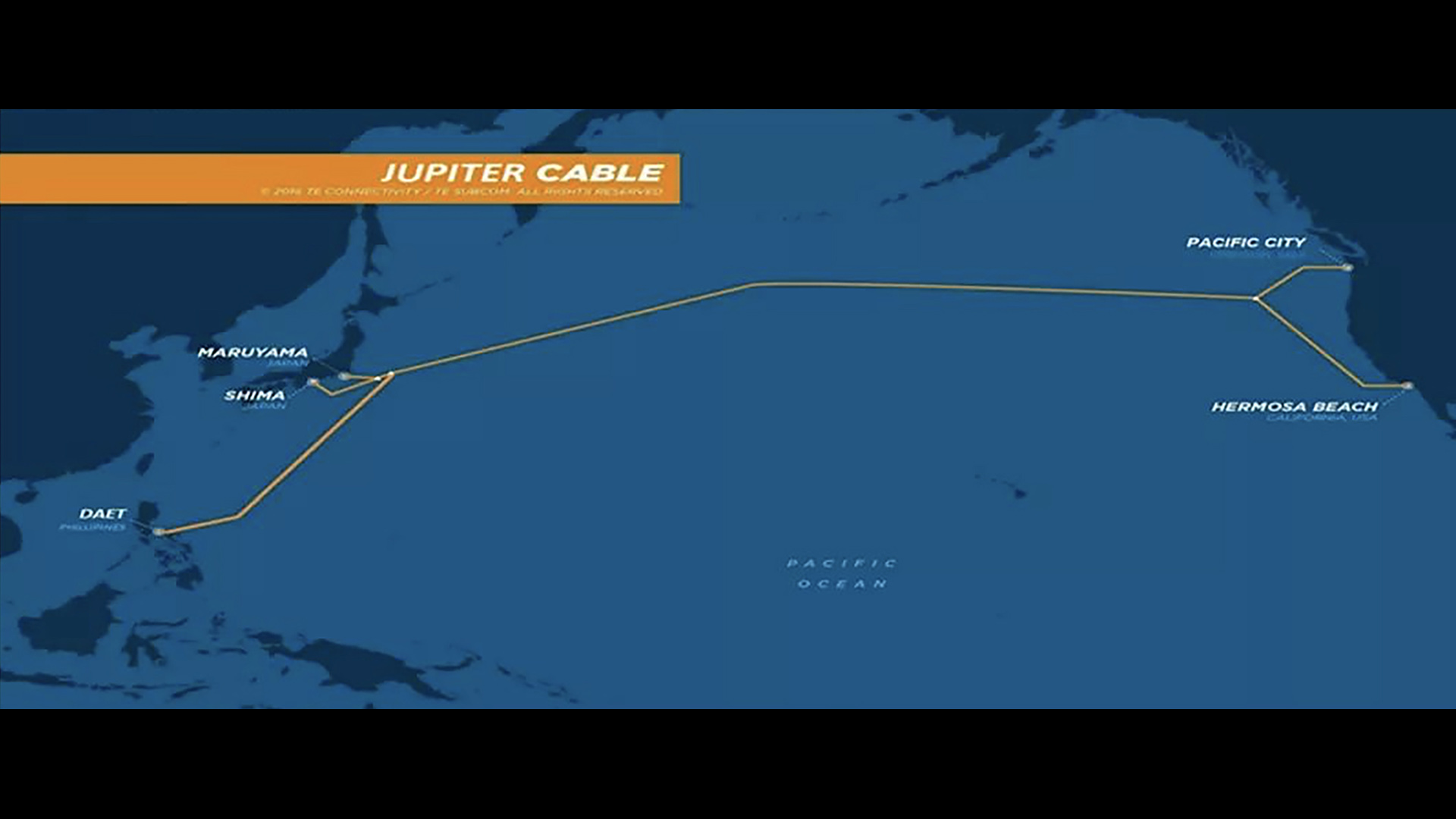The Jupiter subsea cable is a transpacific cable that runs between Japan and the Philippines and the U.S., where it lands in Hermosa Beach, California, and Tierra del Mar, Oregon. During Facebook’s Oregon landing drilling operation in Tierra del Mar on April 28, an unfortunate incident occurred, in which a horizontal directional drill hit hard rock 50 feet under the seafloor and the drilling pipe broke. This incident resulted in a 6-inch diameter steel pipe and drilling mud remaining in place at a depth of 50 to 70 feet below the seafloor. The drill pipe was intended to become the conduit to house the subsea cable and was intended to remain under the seafloor.
SubCom, our supplier, conducted an initial assessment, which concluded that removing these materials was not immediately feasible and that it would likely cause more environmental damage than leaving it in place. More recently, ERM, a leading global provider of environmental consulting services, conducted an independent environmental analysis, which was peer-reviewed by Geosyntec, another well-respected environmental firm with subject matter experts, to evaluate potential impacts from the drill break as well as options for recovery.The investigation evaluated the migration and toxicity potential of the remaining materials and their potential impacts to water quality, natural resources (including ecological receptors), and public health. An evaluation was also conducted on the impact of geologic events, including whether large seismic events could mobilize or expose the drilling mud or equipment. Prior to completion of the investigation, we discussed the scope and approach with relevant agencies, including the Oregon Parks and Recreation Department, Oregon Department of State Lands, U.S. Army Corps of Engineers, Oregon Department of Environmental Quality, and Tillamook County, to ensure that the investigation would capture the requested evaluation.
Read the full Jupiter Independent Analysis here.
From the report: “ERM’s analysis concludes that there are currently no adverse environmental, scenic, recreational, or economic impacts resulting from the drill break and presence of remaining materials 50 to 70 feet below the seafloor, nor is there a reasonably conceived scenario (e.g., earthquake, tsunami, or long-term coastal erosion) that would expose the remaining materials to the surrounding environment and result in future impacts.”
ERM also evaluated recovery options of the remaining materials, including horizontal drill recovery and dredge recovery. It was determined that using horizontal directional drilling to recover the remaining materials was a nonviable option, as it would require locating the end of a 6-inch diameter pipe approximately 520 feet offshore and has an extremely low probability of success. The second alternative of dredging from the seafloor would result in extensive environmental impact from sediment excavation and other activities. Therefore, according to the report, “the recommended environmentally preferred alternative is to leave the remaining materials in place.”
The Jupiter cable is part of our wider effort to, in collaboration with partners, expand global network infrastructure toward an open and inclusive internet ecosystem. Tierra Del Mar represents an integral part of the subsea cable plan and is where the cable comes onshore, connecting Japan and North America. Construction in Tierra Del Mar began in February, using horizontal directional drilling technology that would allow installation of this vital link with minimal impact to the surface.
We understand the importance and beauty of the Oregon coastline and are committed to working with the community as a good environmental steward. We notified Tillamook County within one week of the incident, but realize we could have done a better job informing other agencies and will communicate better moving forward.
We wish this unfortunate incident had not occurred and will work closely with all relevant government agencies, including the Oregon Department of State Lands, Oregon Department of Justice, Oregon Parks and Recreation Department, U.S. Army Corps of Engineers, Oregon Department of Environmental Quality, and Tillamook County. As we complete this project, we will continue to follow the regulatory guidance set by our agency partners.
Once construction is complete, and with input from the community, the site will be restored by a local landscaping company using native plants, such as Pacific wax myrtle and evergreen huckleberry, which are wind tolerant and erosion controlling, and that can establish quickly with low input needs. The only visible infrastructure will be a manhole.
Facebook has a strong commitment to the environment and focuses on developing our infrastructure projects in an environmentally sustainable manner. Our data center operations in Oregon will be supported by 100 percent renewable energy. We are taking action by setting a science-based target to reduce our operational greenhouse gas emissions by 75 percent in 2020, compared to 2017 levels. We are on track to reach these goals, having achieved 86 percent renewable energy and a 59 percent reduction in greenhouse gas emissions in 2019.










